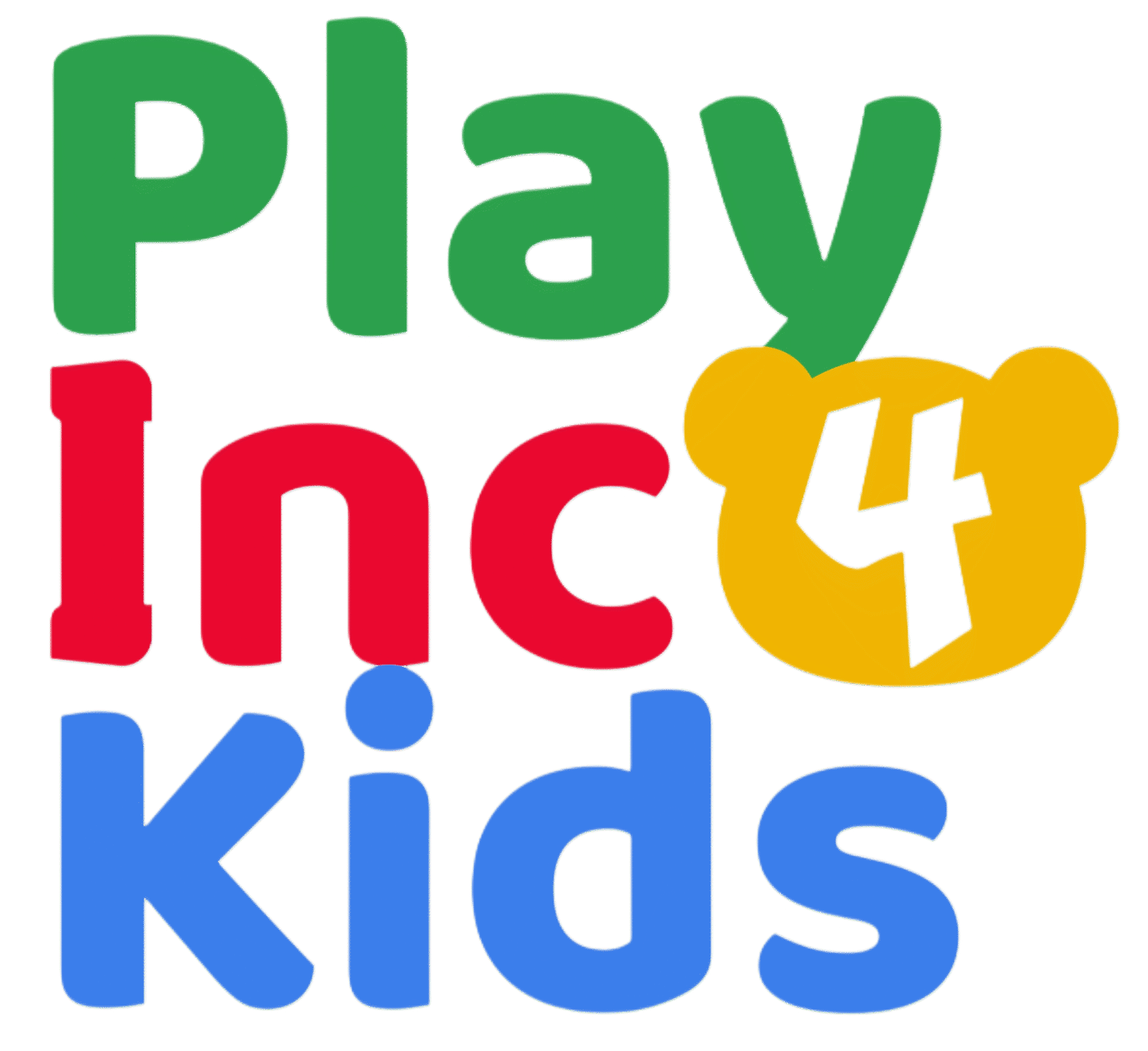HLA
UCEC – INCLUSIVE PETANQUE
- Brief description
- Context and needs
- Activities and rules
- Location, environment and equipment
- Method
- Side Activities
- Target
- Impact
Petanque is a sport that allows the inclusion of people with physical and mental disabilities. To be able to practice it only requires concentration and a very simple technique. The activity we propose wants to concentrate the athletes in a school, adapted space or beach (here you play a lot on the beach) so that together they can play petanque.
Inclusive petanque allows you to easily and quickly learn a sport and practice it at the same time. It can be practiced by all people. In this case young people with disabilities and young people without disabilities. It is practiced on the beach, schools and streets.
This activity addresses the need to create a sense of belonging, focusing on the values and roles that each person involved in the activity could play to promote inclusion. All athletes quickly feel part of a group where they compete, laugh and play together.
We want to develop an easy and simple activity to learn for all participants. The game is learned while being practiced. It allows athletes with disabilities and athletes without disabilities to play together throughout the morning or afternoon. There are two activities within the game.
The activity requires 4 coaches so that they are giving support, advising and solving doubts.
The activities are:
- PETANQUE AT STAKE
The teams formed by the 6 or 7 players play petanque in a traditional way. One player throws the small ball into the center and the others should throw the ball as close as possible.
RULES: Everyone owes the same balls and from the same place. If these rules are breached, the turn is lost.
- SPECIAL PETANQUE
It develops the same but within the same game there are couples. It is important to note that cohesion between players is fundamental to the functioning of the game. Each group of 6 is divided into three couples who will play to separate the balls from the other two couples.
RULES: Everyone owes the same balls and from the same place. If these rules are breached, the turn is lost.
The activity must be carried out in a space of 2m wide by 10 long. With a mark in the area where they are put so that everyone throws from the same place. The activity takes place within a space enabled for petanque. Usually in streets, schools or on the beach. It only requires 5 or 6 groups of 6 or 7 members (to make the game dynamic and enjoyable). It also takes 4 coaches to control all games.
The material is composed of a team of 6 petanque balls and a small ball (called a mark).
The activity allows the players themselves to control the game. They themselves play and control the balls so that the rules are enforced.
The environment of the activity is a natural and quiet space where it is customary to play with very little noise to be able to hear the blow of the balls.
The activity is designed in a simple way so that all participants can understand the basics of the game. Up to 30 players can participate. They are divided into groups of 6 or 7 and are assigned a space to play.
The methodology of the activity is to learn with enthusiasm, improving the relationships of young people with disabilities and withoutdisabilities. In order to develop the methodology, a small planning of the material and the place of play is important. Making a previous game in front of all attendees. Athletes learn the game immediately and practice them together with their peers. With only a period of time of 30 min the participants enjoy and play.
It is important for coaches to understand the basic rules for helping, advising and responding to the needs of players. They should also perceive those that may have a minimum of difficulty with the launch.
Secondary activities allow players to unite and create bonds beyond sport. In this activity there is only the proposal of a secondary activity.
- Traditional Sport
Within the petanque there is a great variety of traditional sports such as bowling very similar to petanque. Players can practice other similar games one afternoon a month. In addition, it allows to strengthen the bonds of friendship of the groups.
RULES: The rules of the games must be followed.
- Preparation of sports equipment
In each training there is a group of players who must arrive in advance to prepare the sports equipment.
RULES: Punctuality in meetings is important.
- Families share transportation
Athletes’ families take turns taking players to training. This allows for a relationship of families and players beyond sport.
RULES: Families must be responsible for children.
The activity is aimed at athletes over 6 years old. The easy learning of the sport allows all ages to practice it, but the weight of the ball forces to mark a minimum.
This sport stands out for its inclusion in the main activities such as secondary ones. It is important that the groups are made up of 50% disabled and another 50% by players without disabilities.
Of the four activities proposed by the UCEC work team. Inclusive petanque has an added value based on rapid learning and simplicity of play. All participants enjoy from the moment they start playing.
It allows easy inclusion where there is no difference between the players and everyone participates equally. Everyone motivates each other and competes constructively.
PlayInc Key Aspects
Complementary activities mix sports activity with social relationships on and off the field. It allows players to develop their poor motor, social and technical skills.
Contact the organisation
Contact

Name: Unio De Consells Esportius De Catalunya (UCEC)
Website: www.ucec.cat
Facebook: Consells Esportius de Catalunya
Youtube: Consells Esportius de Catalunya
Twitter: Consells Esportius
E-Mail: international@ucec.cat
